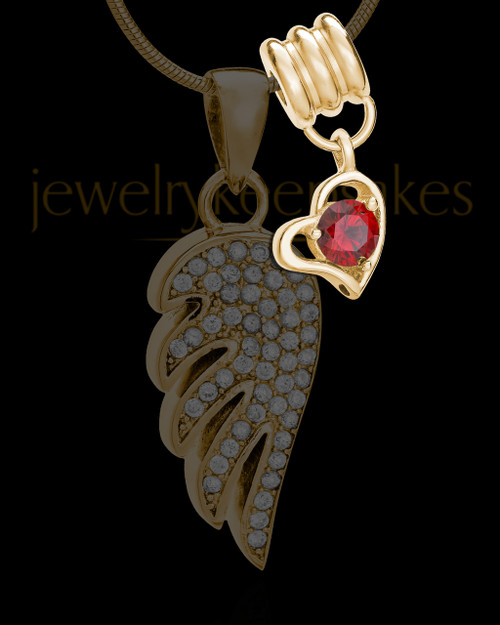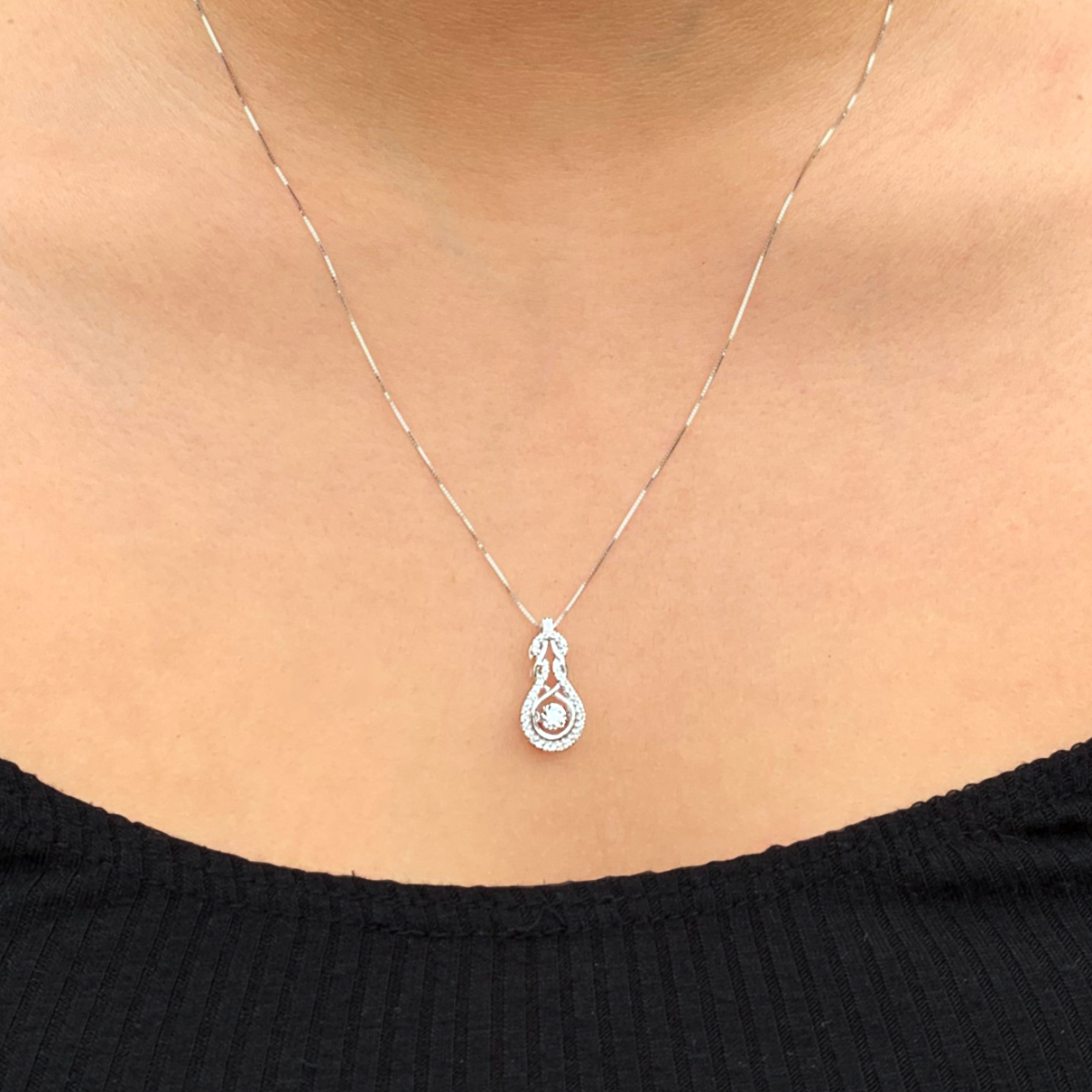
#Heartbeat necklace with diamonds full
Probably the most famous colored diamond is the Hope, which features a deep-blue color and weighs an amazing 45.52ct.You may return most new, unopened items within 30 days of delivery for a full refund. The value of a fancy-colored stone depends largely on the rarity of its color, the saturation of the color, and the purity of the color. Because they are so hard, diamonds can only be ground and polished by using diamond dust that has been ground from other diamonds.ĭiamonds are found in a rainbow of colors. It is squeezed to the size of a small pearl, turning from black to clear in the process and becoming the hardest material known to humans, ranking a 10.0 on the Mohs Scale. Diamonds are created from a basketball-sized piece of pure carbon that becomes white-hot. Obviously, however, the physical difference between carbon powder and a diamond is fascinating. They consist of pure carbon and there is no chemical difference between them and carbon powder (the lead pencil center). Carbon dating has established that diamonds, on the average, are 3.4 billion years of age. Mining companies literally move mountains to find diamonds.ĭiamonds have the longest endurance of any substance known on Earth. Making them even more incredible, the mining of diamonds requires moving and sifting 250 tons of the Earth’s crust to find just one diamond. It takes a minimum of one million diamonds to be mined in order to find a 1.00ct gem-quality diamond, so each 1.00ct quality diamond is literally one in a million. The most precious of all gems, diamonds have an incredible rarity factor. Additionally, since larger diamonds are more rare than smaller diamonds, diamond value tends to rise exponentially with carat weight. Although two diamonds may have the same carat weight, their color and clarity may be different, thus determining each individual stone’s value. Through these guidelines, we no longer provide clarity grades for SINGLE cut diamonds.Ĭarat is the standard unit of measurement used to determine a diamond’s weight. Our diamonds have been evaluated and graded by GIA graduate gemologists using the standards established by GIA (The Gemological Institute of America). I1-I2-I3 (Imperfect): Inclusions visible to the unaided eye.SI1-SI2 (Slightly Included): Inclusions are highly visible under 10X magnification and may be visible to the unaided eye.VS1-VS2 (Very Slightly Included): Inclusions are seen under 10X magnification, but not typically visible to the unaided eye.VVS1-VVS2 (Very Very Slightly Included): Very difficult to see inclusions under 10X magnification.FL (Flawless): No internal or external flaws.The size, number, position and color of these imperfections determine a stone’s clarity grade. Most diamonds naturally have small internal flaws called inclusions, which interfere with the passage of light through the stone. Color K-Z is especially noticeable when set in platinum or white gold. Diamonds graded better than J are colorless or near-colorless, with color that is typically undetectable to the unaided eye.


Therefore, the less color that is in a diamond, the more colorful its fire, the better its color grade, and the greater its value (and priced accordingly).ĭiamond color is graded using an alphabetical range from D-Z (D being totally colorless). A colorless diamond disperses light throughout the entire stone. Color within a diamond diminishes the brilliance of the stone by diminishing the spectrum of colors that are emitted. A diamond’s proportions determine how well the light will reflect and refract within the stone, with symmetry of the cut being extremely important.Īcting as a prism, a diamond can divide light into a spectrum of colors, reflecting light as colorful flashes called fire. Even if a diamond has perfect color and clarity, a poor cut can make it look dull. The cut of a diamond (the depth, width and uniformity of the facets) determines the stone’s brilliance and sparkle. The value of a diamond is determined by the Four Cs: Cut, Color, Clarity and Carat weight.


 0 kommentar(er)
0 kommentar(er)
